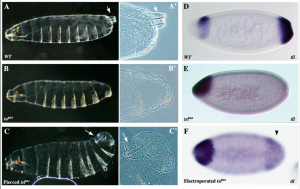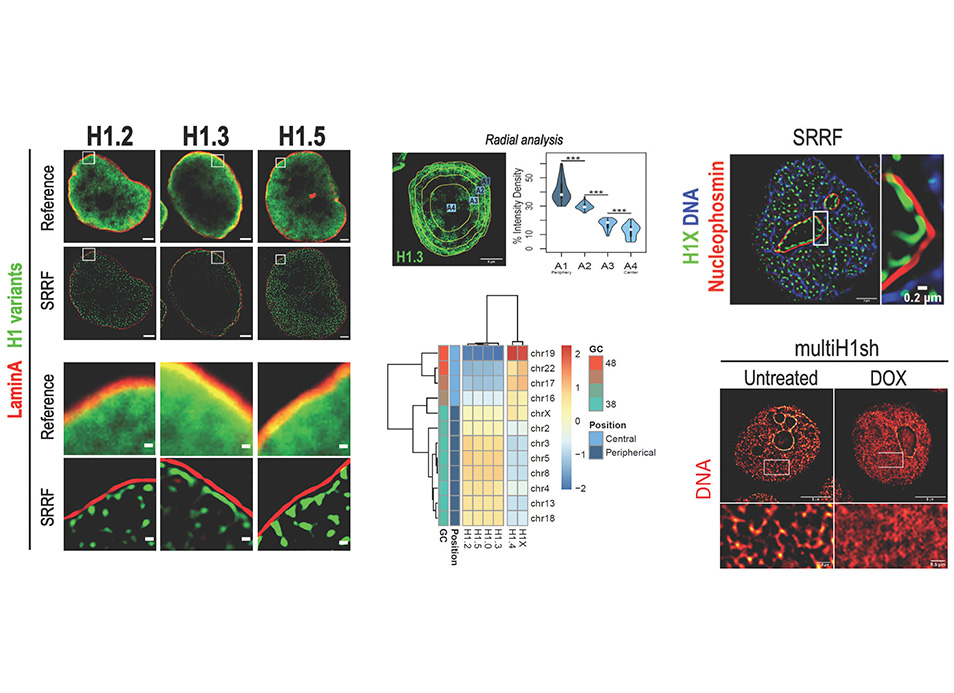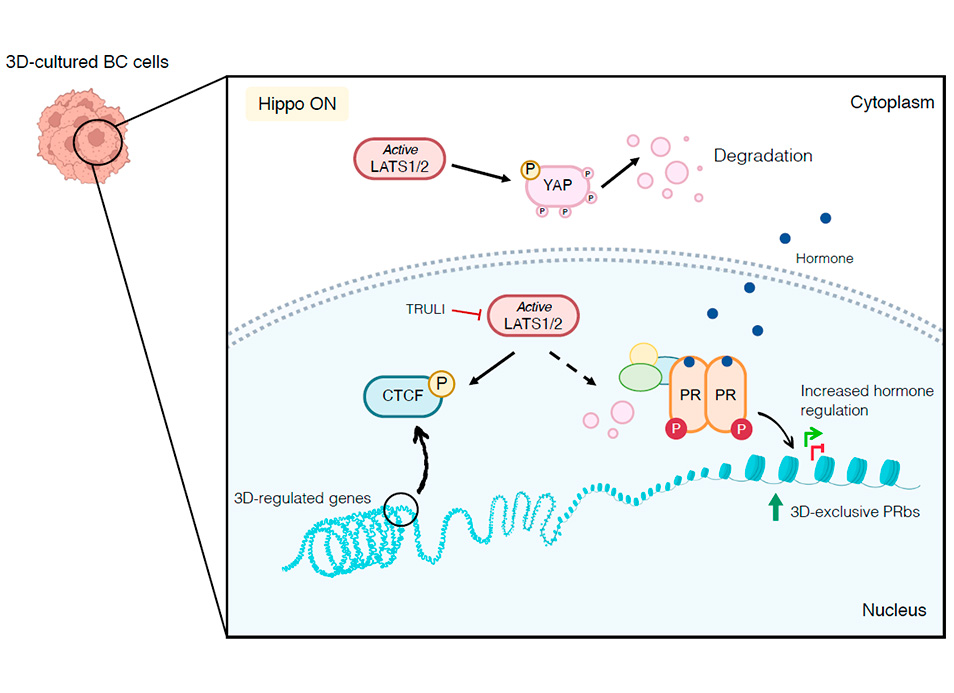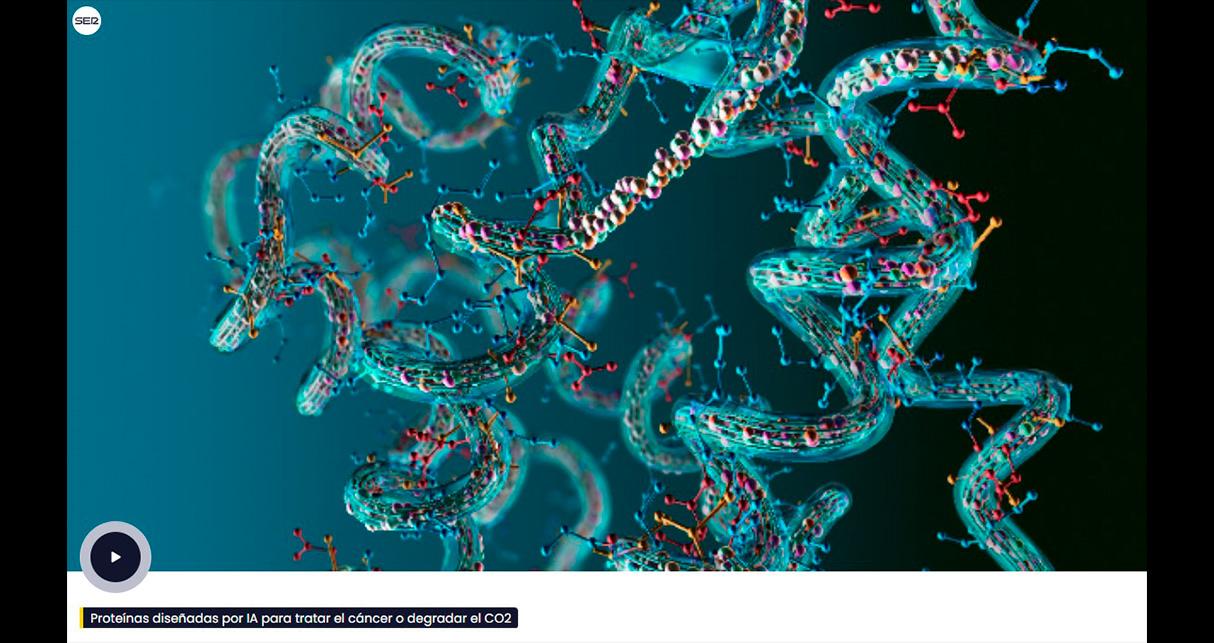New publication in eLife of the Jordan Lab in collaboration with the IBMB Imaging Platform showing that…
Holes in the Plasma Membrane Mimic Torso-Like Perforin in Torso Tyrosine Kinase Receptor Activation in the Drosophila Embryo
We show that generation of holes in the Drosophila embryo can substitute for the Tsl protein in the activation of the Torso Receptor Tyrosine Kinase (RTK) and thus that mechanical induced cell injuries may contribute to abnormal RTK activation.

Receptor tyrosine kinase (RTK) pathways play central roles in development, and, when abnormally activated, they can lead to pathological conditions, including oncogenesis. Thus, RTK activation, mediated by ligand binding, is under tight control, a critical step being the conversion of an inactive precursor into the active form of the ligand. A variety of mechanisms have been shown to be involved in this conversion; however, little attention has been paid to how mechanical phenomena may impinge on this process. Here we address this issue by studying Torso, an RTK activated at both poles of the Drosophila embryo at the blastoderm stage. Torso activation is induced by a cleaved form of Trunk, a growth factor-like protein, but it also requires the accumulation of the Torso-like (Tsl) protein at both ends of the blastoderm. Tsl is the only known protein in Drosophila bearing a membrane attack complex/perforin (MACPF) domain-a motif present in proteins involved in pore formation at cell membranes. However, while different hypotheses have been put forward to account for the function of Tsl in Torsoreceptor activation, little is known about its molecular role and whether it indeed contributes to membrane pore formation. Here, we show that mechanically induced holes in the Drosophila embryo can substitute for Tsl function. These results suggest that Tsl is required for an exchange between the interior of the Drosophila embryo and its surrounding milieu and that mechanically induced cell injuries may contribute to abnormal RTK activation.
Holes in the Plasma Membrane Mimic Torso-Like Perforin in Torso Tyrosine Kinase Receptor Activation in the Drosophila Embryo.
Mineo, A., Fuentes, E., Furriols, M. and Casanova, J. (2018).
Genetics 210, 257–262.



